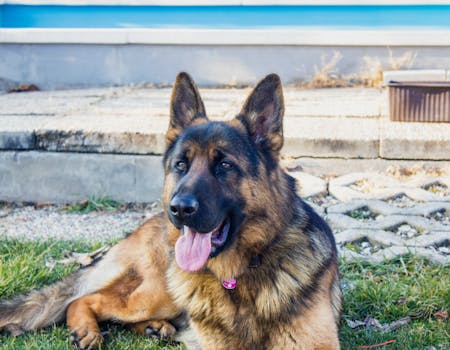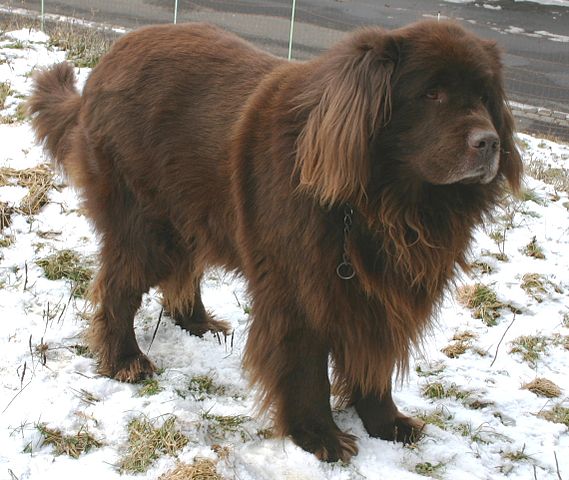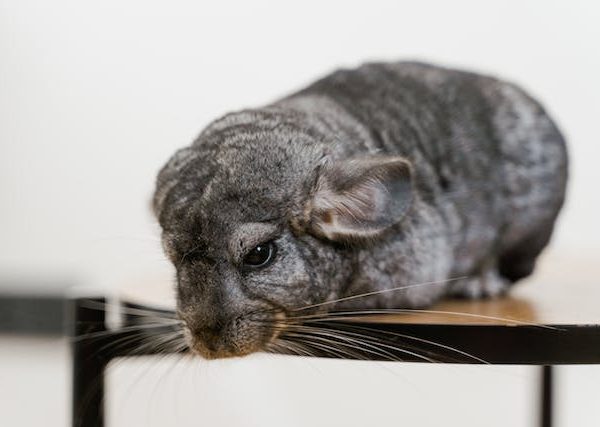When it comes to the health of our furry friends, it’s important to be aware of the potential health issues certain dog breeds may face from time to time. While all dogs can experience health problems, some breeds are more prone to certain conditions. Here are ten dog breeds that are known to be the most unhealthiest dog breeds.
1. Basset Hounds:

Basset Hounds are utterly adorable and purebred dogs but are prone to a range of joint issues, and digestive issues including bloating, hypothyroidism, gastric torsion, glaucoma, bleeding disorders, and Von Willebrand (a blood disorder in which the blood does not clot properly). Taking out health insurance on this breed is essential and regular vet visits for checkups are recommended.
2. French Bulldogs:

French Bulldogs are a French breed of companion dog or toy dog. They also belong to a group of dogs called the Brachycephalic and are generally less healthy than non-brachycephalic. These endearing canines experience the challenges of brachycephalic syndrome, encompassing issues like intervertebral disk disease (IVDD), allergies, patella luxation, skin fold dermatitis, hip dysplasia, and heat stroke. This breed delivers offspring by Cesarean section.
3. The Cocker Spaniel:

The Cocker Spaniel is a purebred gundog and is considered the most unhealthiest dog breeds. These dogs can have a serious array of health issues including a variety of orthopaedic issues, epilepsy, heart disease, patellar dysplasia, eye issues, ear infections, gastric torsion, allergies, congestive heart failure, hypothyroidism and liver disease
4. The German Shepherds (GSDs):

The German Shepherds are one of the top unhealthy dog breeds with health issues. GSDs can experience degenerative myelopathy and both elbow and hip dysplasia. They are also more likely to develop cataracts, cardiomyopathy, hemangiosarcoma, malignant neoplasms, pannus, skin allergies, hot spots, and perianal fistulas.
5. Pugs:

Pugs belong to the brachiocephalic group of dogs and are prone to many health problems, including eye, ear, and skin infections and breathing problems due to their flat faces. They may also suffer from hip dysplasia or skin fold infections.
6. Labrador Retrievers:

Labrador Retrievers are one of the most popular and sporting dog breeds, but they are also considered the most unhealthiest dog breeds. They are susceptible to obesity, which can lead to joint problems and other health complications. Labradors are also prone to heart disorders, exercise-induced collapse, eye conditions, hereditary myopathy, cancer and hip and elbow dysplasia, which can cause pain and mobility issues.
7. Dachshunds:

Dachshunds are known for their long bodies and short legs, but this unique body shape puts them at risk for spinal issues. They can develop intervertebral disc disease, which can cause pain, paralysis, and even loss of bladder or bowel control. Dachshunds are also prone to obesity and dental problems.
8. Rottweilers:

Rottweilers are susceptible to various health complaints, ranging from mild to more serious. These include optical disorders, including cataracts, entropion and progressive retinal atrophy, as well as hip dysplasia and association orthopedic complaints, Addison’s disease, gastroenteritis, folliculitis and cancer are also fairly common in this breed.
9. The Toy Poodle:

The Toy Poodle can experience the following health issues including eye issues, Addison’s disease, sebaceous adenitis, kidney stones and the most common is a heart condition known as dilated cardiomyopathy, in which the heart becomes so large, thin, and weak that it can no longer effectively pump blood to the body.
10. The Newfoundland:

The Newfoundland is a large breed of working dog. As we know huge dogs can have significant health issues including gastric torsion, subvalvular aortic stenosis, cystinuria, cardiac disease (which could be fatal), epilepsy, eye issues, von Willebrand’s Disease, hip or elbow dysplasia.
Get pet insurance:
No matter the breed of your dog or the diet you provide, it is inevitable that they may become ill or injured at some stage in their lives. Despite feeding our Yorkie a nutritious diet since the start, it did not prevent him from fracturing his leg as a puppy. (You Can Read More About Pet Insurance)




Leave a Comment